Ginkgo biloba – Ginkgo
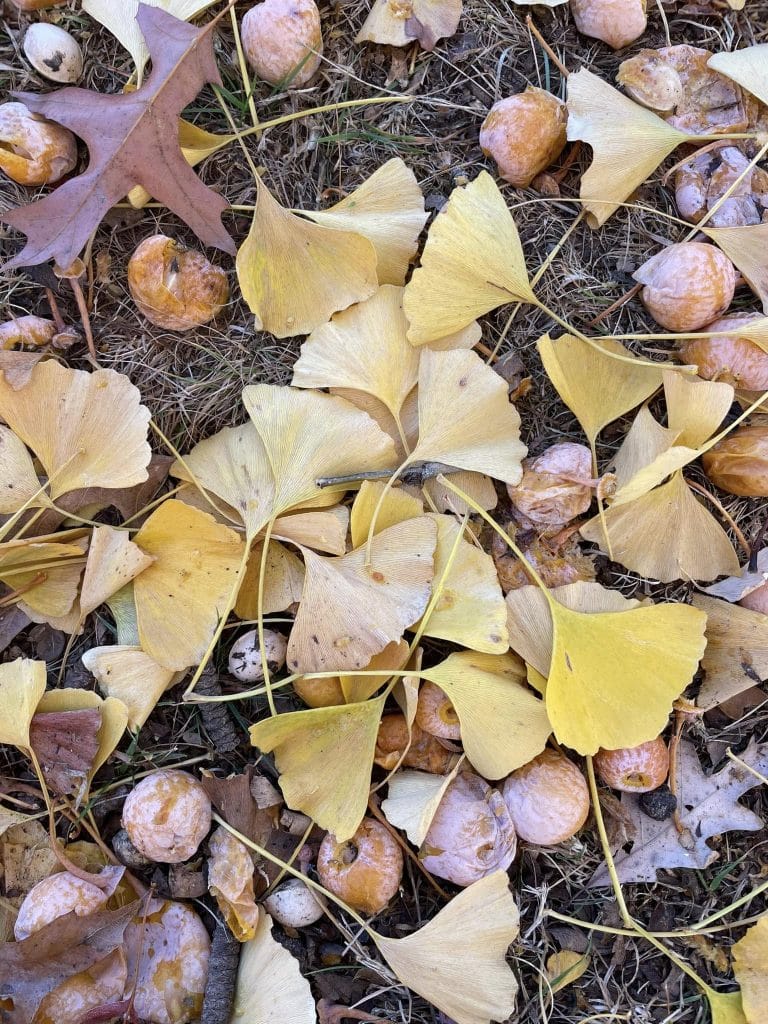
Ginkgo (Ginkgo biloba) is a unique tree that is native to a province in China. Ginkgo is the only plant in its genus, family, order, class, and division to still exist today. Ginkgo is often planted in suburban and urban areas. It can tolerate air and soil pollution and high levels of road salt. There […]
Diospyros virginiana – American Persimmon
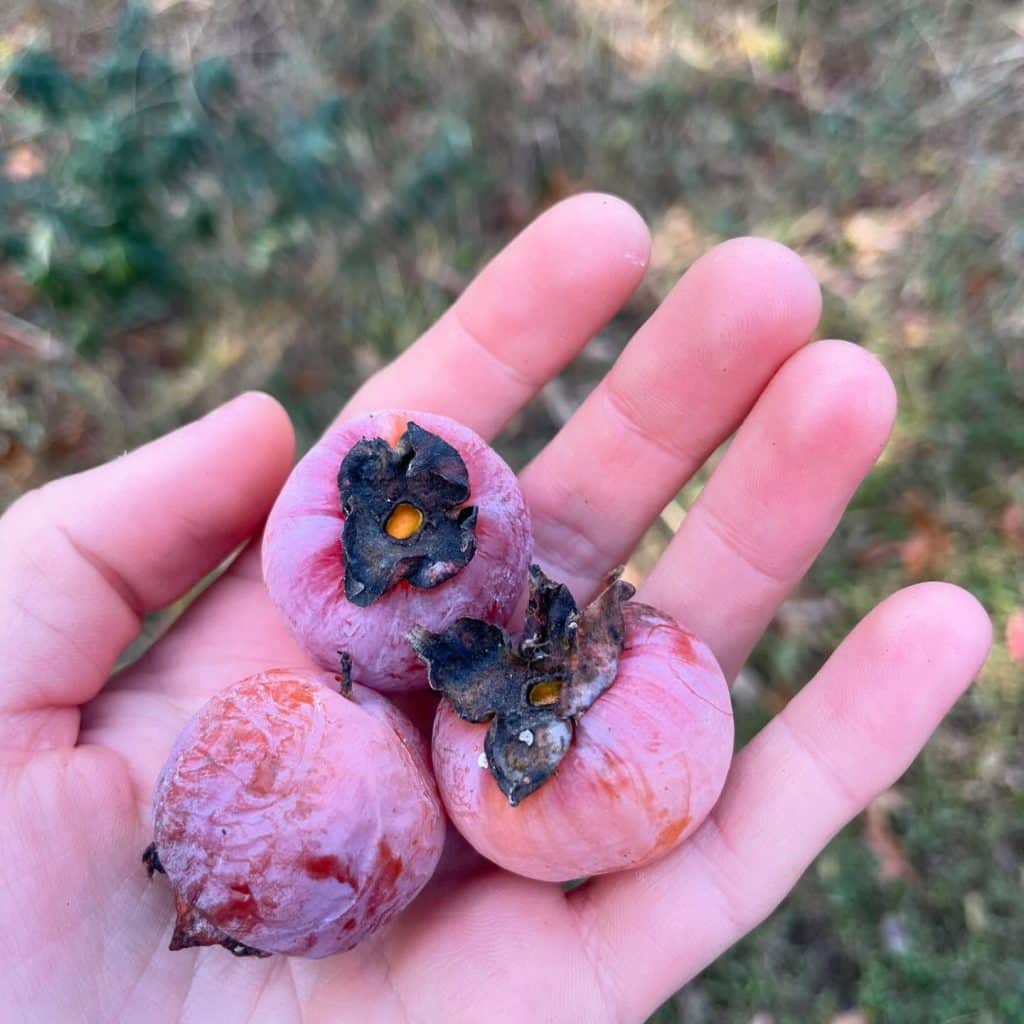
American Persimmon (Diospyros virginiana) is a native plant that can be found in central and eastern United States. Southern Connecticut is the northern range for persimmons. It can be found growing along field edges. It prefers full sun, but can tolerate partial shade. Persimmon trees have dark gray and furrowed bark. The oval leaves are […]
Auricularia nigricans – Ear fungus

Ear fungus (Auricularia nigricans) is a wood-rotting mushroom that can be found growing singly or in clusters on dead or dying trees. The ear fungus (A. nigricans) can be differentiated from other wood ear fungi (mushrooms in the Auricularia genus) by its upper surface which is ash-gray to yellowish brown and hairy. Wood ear mushrooms […]
Rosa multiflora – Multiflora Rose
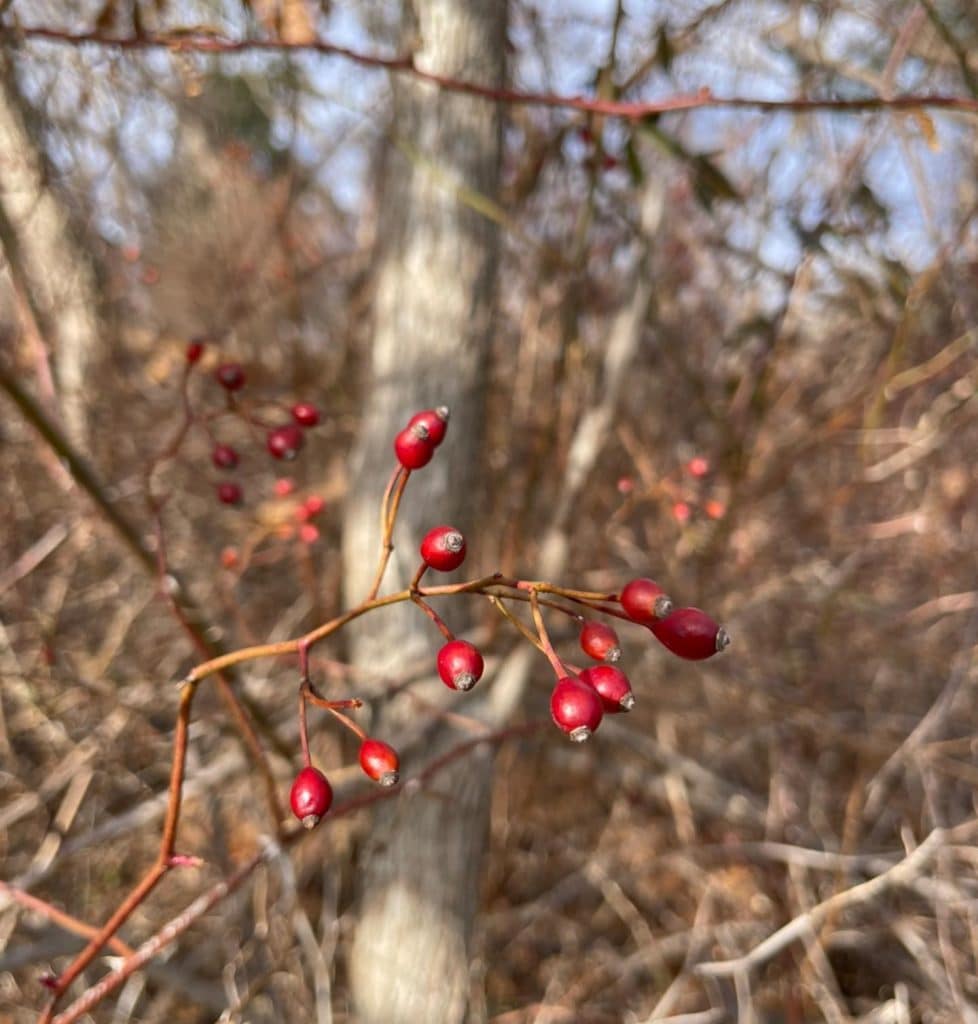
Multiflora rose (Rosa multiflora) is an extremely prolific invasive that can form dense thickets, crowding out native plants. Multiflora rose is found in open woodlands, forest edges, fields, and margins of marshes. All roses have edible leaves and fruits (hips). Roses have compound leaves with an odd number of leaflets. The thorns are long and […]
Rosa palustris – Swamp Rose

The Swamp Rose (Rosa palustris) is a native plant that produces delicious fruits (rose hips) in late fall. All roses have edible leaves, flowers, and hips. Swamp roses have leaves with serrated edges and curved thorns along the stem. They prefer to grow near rivers or marshes. Swamp rose hips have a tangy taste. They […]
Galium aparine – Cleavers
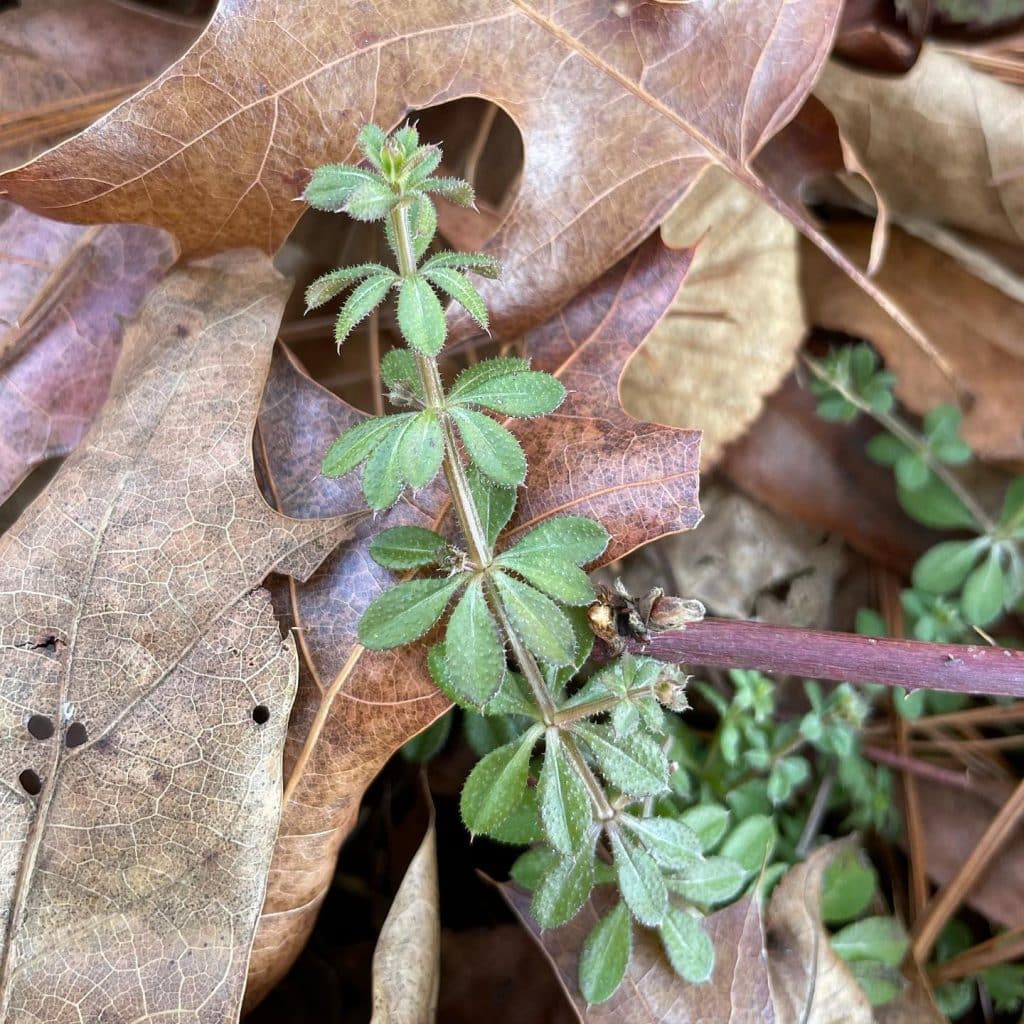
Cleavers (Galium aparine) are a native, edible plant in the coffee family. There are about 20 species in the Galium genus that grow in New England. All Galiums are edible and medicinal. Cleavers are named for their ability to cling to adjacent objects. They have 6-8 leaves per whorl. The plant produces greenish white flowers […]
Hydnum spp. – Hedgehogs
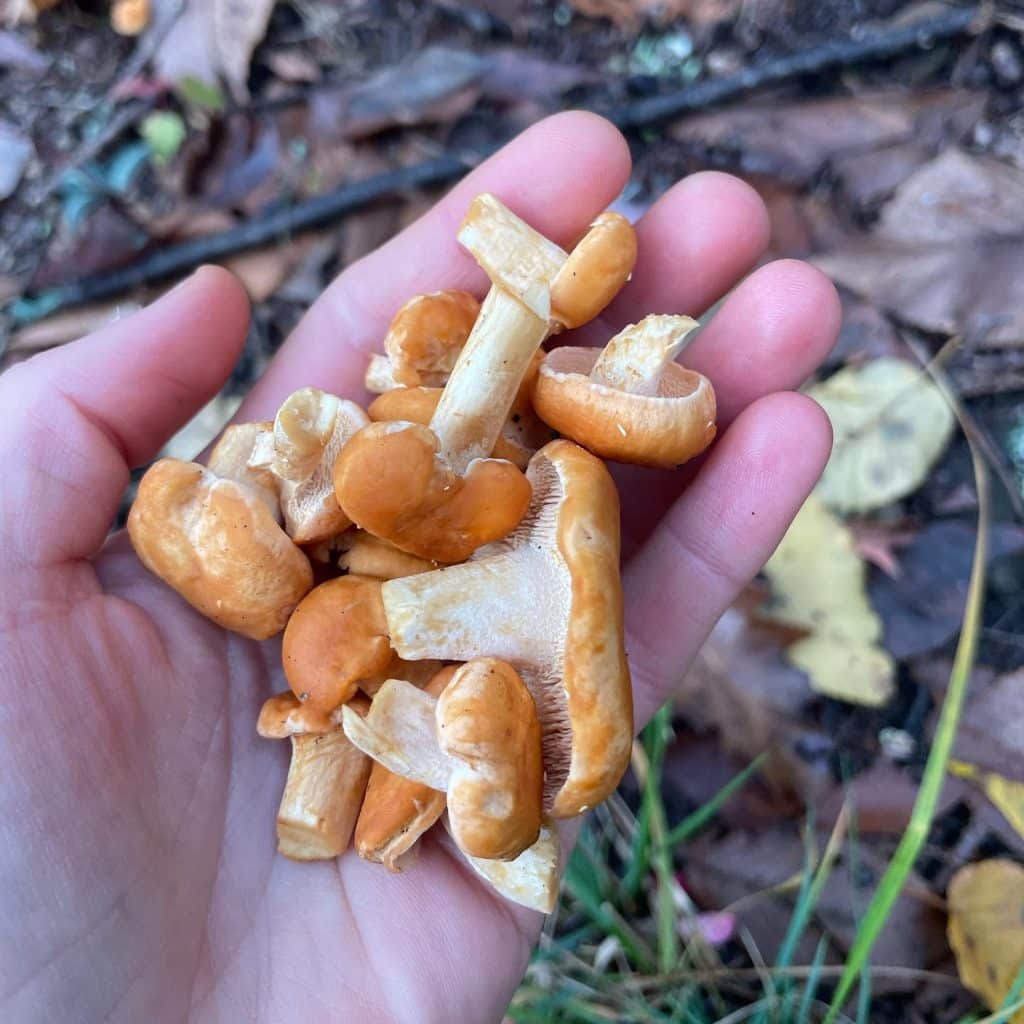
Hedgehogs (Hydnum spp.) are a group of 49 mushrooms in the Hydnum genus that are all considered edible. Hedgehogs can be found in New England from July-November. Hedgehogs are easily identified by their orange color and teeth under their cap. Hedgehogs can be found growing in groups in moss and leaf litter. They grow symbiotically […]
Sarcomyxa serotina – Late Fall Oysters

Late Fall Oysters (Sarcomyxa serotina) are easily identified edible mushrooms that can be found October-December. Late fall oysters can be found on deciduous or conifer logs growing singly or in shelves. They have green, yellow, orange, or purple caps and yellowish gills. There is a line that separates the gills from the stubby stem. The […]
